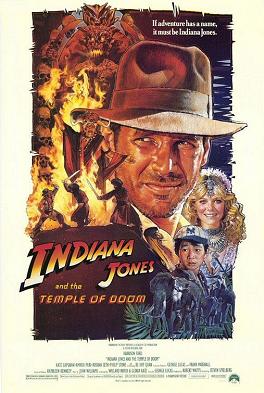Stand by Me
Rob Reiner's 1986 coming of age adventure film, Stand by Me chronicles four pre-teen boys as they venture out in the Oregon wilderness to search for a dead body. The year is 1959, and the film is well textured in fifties nostalgia, dress and language. The film feels authentic and the beautiful backdrop of the Oregon Wilderness is pleasant to look at. The story centers on four very different boys who all are encountering some type of personal trauma. Gordy is a smart responsible boy from a respectable family, but the recent death of his older brother Dennis has caused both his parents to grieve heavily and ignore their younger sons needs. Chris is a hard case from an abusive family and it is implied that he does not have much of a chance of turning into a law bidding citizen. Teddy is flamboyant and a bit crazy and the audience is informed that his father is mentally ill and seared his ear on a stove top when he was younger. Last but certainly not least is Vern an affable young boy who is a little chunky and consistently out of breath. Vern is the most innocent of the boys and he just wants to be important. The group is likable and several scenes show them playing cards, flipping nickels and when they have to make a promise they do a pinky swear(what's more sacred then that?). What's interesting is how all the boys seem bright and happy but there is an underlying sense of agony that they express with a simple facial expression. Flashbacks show the relationship between Gordy and his brother Dennis. We see that Gordy was never the certain of attention and he always took a back seat to his brother who was up and coming football star. Dennis loved Gordy and spent as much time as he could paying him the attention that was owed to him. For every laughable moment in Stand by Me there is one that is laced in misery and self reflection.
The boys are searching for the body of a dead kid named Ray Brower. The kids act as brave as they can but you can tell that there frightened at what they might find (after all finding a dead body at the age of 12 would be traumatizing). The darkness of their adventure drudges up painful memories about their families. The boys claim that they want to find the body so that they can get a medal pinned on them but they are really trying to find a distraction. Their adventure is essentially an excuse for them to hang out while they are still together and young. They have a feeling that their lives may never be this good and I found this aspect of the film sad. Death, loneliness and self worth are all consistent themes and the actors truly sell the emotional scenes and they never seemed like they were acting. The boys emotional behavior and their attempts to be reckless fit the category of the developing child. Researchers Carrie Hintz and Eric Tribunella define children in this model as immature beings who are slowly moving towards adulthood and undergoing the physical changes of puberty (26). One moment they laugh, the next they run and then it seems that each child has their own moment to cry and reflect about their situation. Rob Reiner's direction shows the tender and volatile nature of growing up and simply discovering who you are.
Unfortunately I could not find an official review from Roger Ebert, Gene Siskle or Vincent Canby.
Here is a Youtube clip from the film where the group stumbles onto Ray Brower's body. At this point they have been traveling for more than a day. On their journey they have exhausted a lot of emotion. You would think that they would be excited to find Ray's lost body but they act in disbelief. It is unnatural for young men to stand over a dead body. Watch how they react and notice their innocence, immaturity and shock. https://youtu.be/ecsPydUbYGM.
Hintz, Carrie, and Eric L. Tribunella. Reading Children's Literature: A Critical Introduction. Boston: Bedford/St. Martin's, 2013. Print.
Hintz, Carrie, and Eric L. Tribunella. Reading Children's Literature: A Critical Introduction. Boston: Bedford/St. Martin's, 2013. Print.






